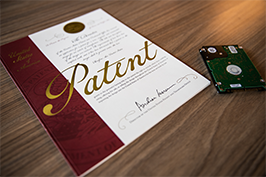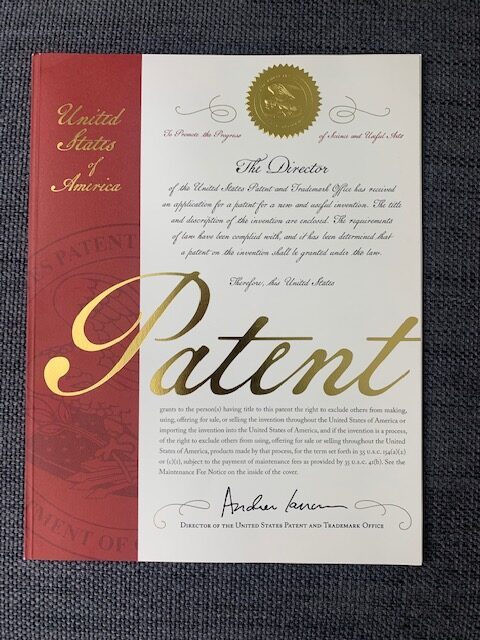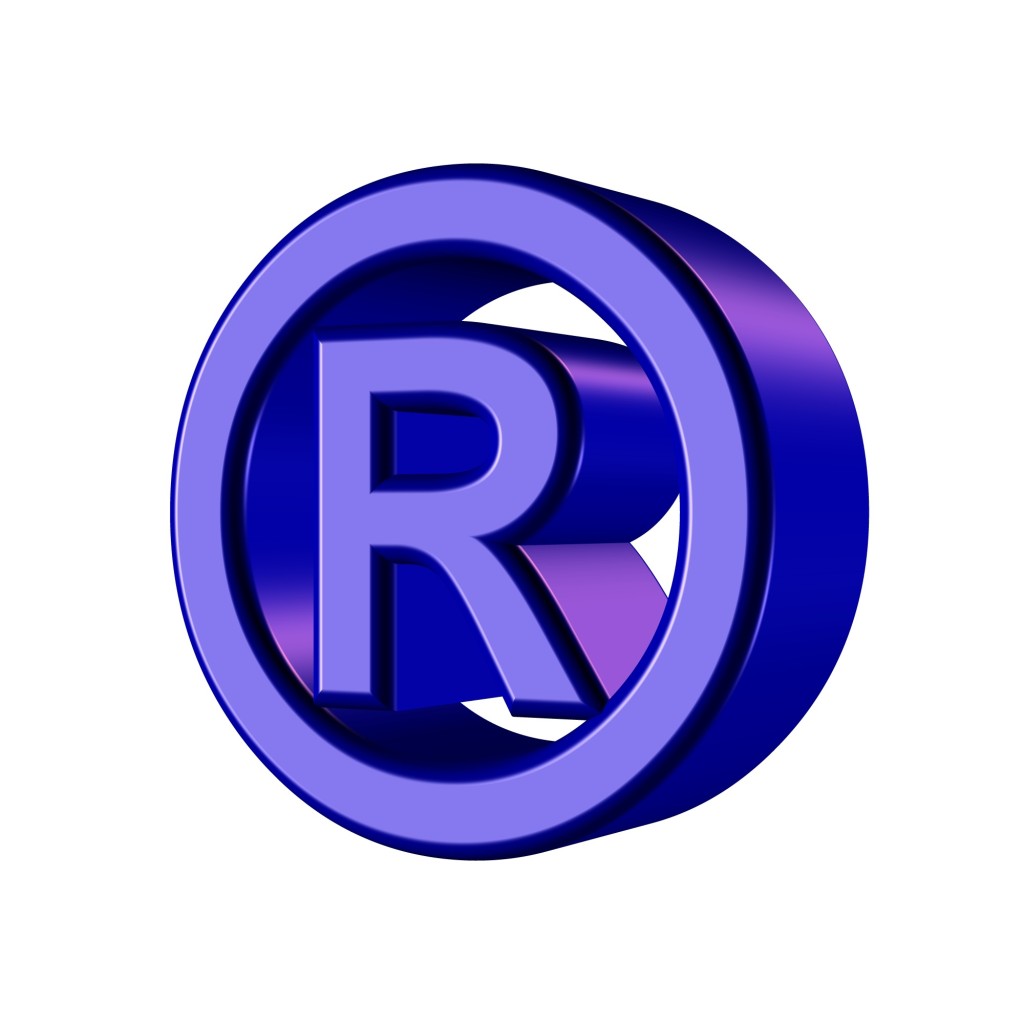Transferring Intent-to-Use Applications – Trademark Owners Beware
My clients frequently ask me if they – trademark owners – may transfer ownership interest in trademarks and trademark applications. The short answer is – wait for it . . . wait for it . . . – it depends. This article will discuss some issues that brand owners should be aware of before transferring any ownership interest in a trademark application.
A trademark owner may transfer his or her right, title and interest (collectively “ownership interest”) to a trademark application only if certain conditions are met. Except for the exception mentioned below. A trademark application owner (“applicant”) cannot transfer ownership interest to a trademark application before the applicant files documentation that the mark is being used in commerce. This means that an applicant cannot transfer ownership interest to an “intent-to-use” trademark application (“ITU application”) unless the transfer qualifies under an exception. Lanham Act § 10(a)(1), 15 U.S.C.A. § 1060(a)(1). This provision’s primary purpose ensures that a mark may only be assigned along with some business or goodwill.
Requiring the transfer of some business or goodwill prevents “trafficking” in marks. Trademark trafficking, also known as trademark “squatting,” is not new to the field of trademark law. Trademark trafficking is essentially the buying and selling of “inchoate” marks that have no real existence. Trademark trafficking has been associated with “cybersquatting,” or the unauthorized appropriation of Internet domain names that mirror or are similar to well-known marks. The minimal expense and relative ease with which one can register a domain name gave rise to cybersquatting. If the United States Patent and Trademark Office (“USPTO”) allowed filing of applications without an applicant’s intent to use the mark, or if the process to register a trademark was faster (right now if everything goes well it takes approximately five to seven months), one can only imagine the large amounts of unused trademarks preventing legitimate business owners from safely developing marks.
As mentioned above, there is an exception to the no transfer of rule for ITU applications. A transfer of an ITU application may be valid if the entire business or related division of the company that filed the ITU application is sold along with the ITU trademark application. 15 U.S.C. §1060; 37 C.F.R. §3.16. The “business” must be “ongoing and existing.”
As a general rule, the USPTO does not investigate or evaluate the validity of assignments or a trademark may be invalid. That means it very important to understand if you can properly assign a trademark. Additionally, it is also important to understand what language to include in an application to properly assign an ITU trademark application. The attorneys at The Plus IP Firm effectively advise clients regarding acquiring and transferring trademarks and trademark applications. To learn more about The Plus IP Firm, click here. To learn more about Derek Fahey, the author of this article, click here.












